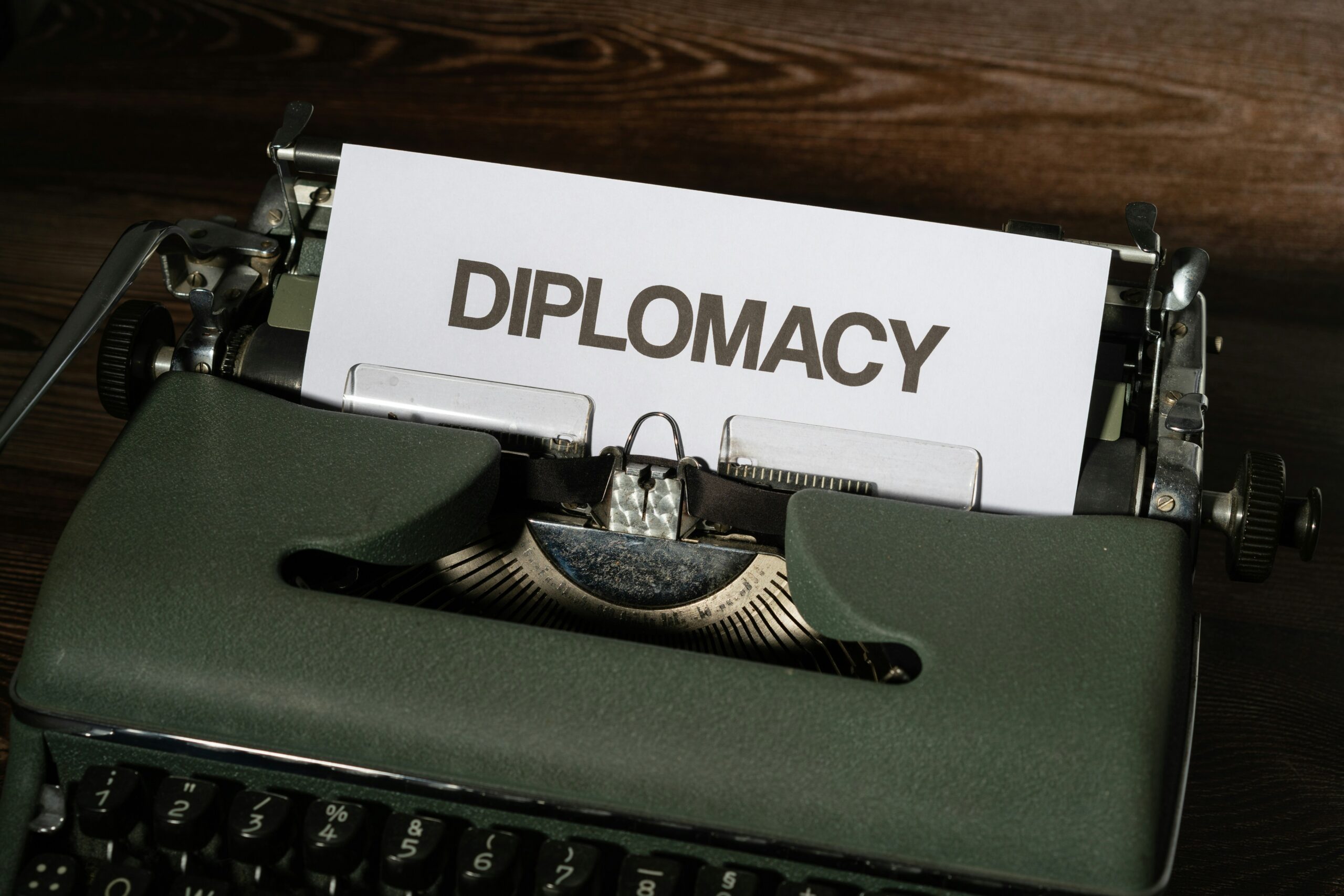More than ten years have passed since efforts to promote trilateral trade ties between China, Japan, and Korea (CJK) began.
When the Japanese Prime Leader suggested that the multilateral FTA be the focus of a formal study, the concept of a CJK FTA gained momentum. The formal assessment marked the beginning of a more robust economic partnership in Northeast Asia. “The CJK FTA discussions will begin within the year”, said the presidents of the three nations at the fifth trilateral summit conference in May 2012, allowing for the prompt commencement of the long-awaited project’s preparations. The three nations held three rounds of trilateral talks in 2013 in response to the declaration.
A CJK FTA can support a more global, region-wide FTA primarily in East Asia and then more broadly in Asia at the provincial scale. An FTA covering the entire area might also allow Asian nations to gradually voice their opinions in unison on matters of business and finance at international fora.

CJK FTA from a Multilateral Perspective
The development of what the World Trade Organization (WTO) generally describes as favorable trade deals has been a significant trend in international trade during the past 20 years (PTAs).
Researchers of trade see growth in inter-regional PTAs as a disturbing break from the objective of multilateral free trade. PTAs are consequently viewed as inferior to multilateral free trade, which is the greatest option. This criticism does not exclude the CJK FTA.
Even the WTO, the intergovernmental body in charge of regulating international commerce, includes possibilities for PTA establishment within its general context of multilateral free trade, subject to a few restrictions.
Several of the motivating factors that led to the PTA revolution are also present in a CJK FTA. The three nations exhibit a strong desire to move beyond commerce and secure deeper integrating policies in many ways. There are also the cascading consequences of the numerous FTA negotiations that are ongoing at both the local and trans-regional levels.
The CJK nations make up around 20% of the worldwide GDP, 16% of the planet’s trading in products and services, and 22% of the planet’s population. A CJK FTA might serve as the cornerstone for an ASEAN+3 FTA, at least in terms of economics. It is worth emphasizing that ASEAN and each of the CJK nations already have bilateral FTAs. It is considerably simpler to combine all of these bilateral FTAs into a single East Asian FTA.
Political perspective
Strong considerations in favor of such an FTA include the possibility that it will serve as the cornerstone of an Asian region-wide FTA or as a foundation for larger multilateral corporate liberalization. The three interested nations must have strong economic benefits and the government resolve to pursue the initiative for this FTA to be successful. From a political standpoint, a CJK FTA can offer a conduit for lessening the regional political tensions that have periodically risen in recent years.
Numerous analyses have calculated the financial gains that a CJK FTA would bring to the three nations. As can be predicted, several variables, including the design of the CGE models employed, are the underlying premises of the simulation studies. The extent of the FTA implementation used in the practice sessions affects these macroeconomic consequences.
A Dual-Track Approach
It is now widely acknowledged, premised on simulation findings, that the advantages of 3 independent national FTAs between China, Japan, and Korea would be less than those of a unified trilateral FTA. The three Northeast Asian nations would so benefit most from a trilateral FTA. The next best option is bilateral FTAs while the trilateral discussions are conducted gradually over time, and ultimately combine these bilateral into a unified CJK FTA. This is because it would be impossible to implement such an FTA quickly. A dual-track system like this might be a more practical way to improve business and investment collaboration between the three nations



